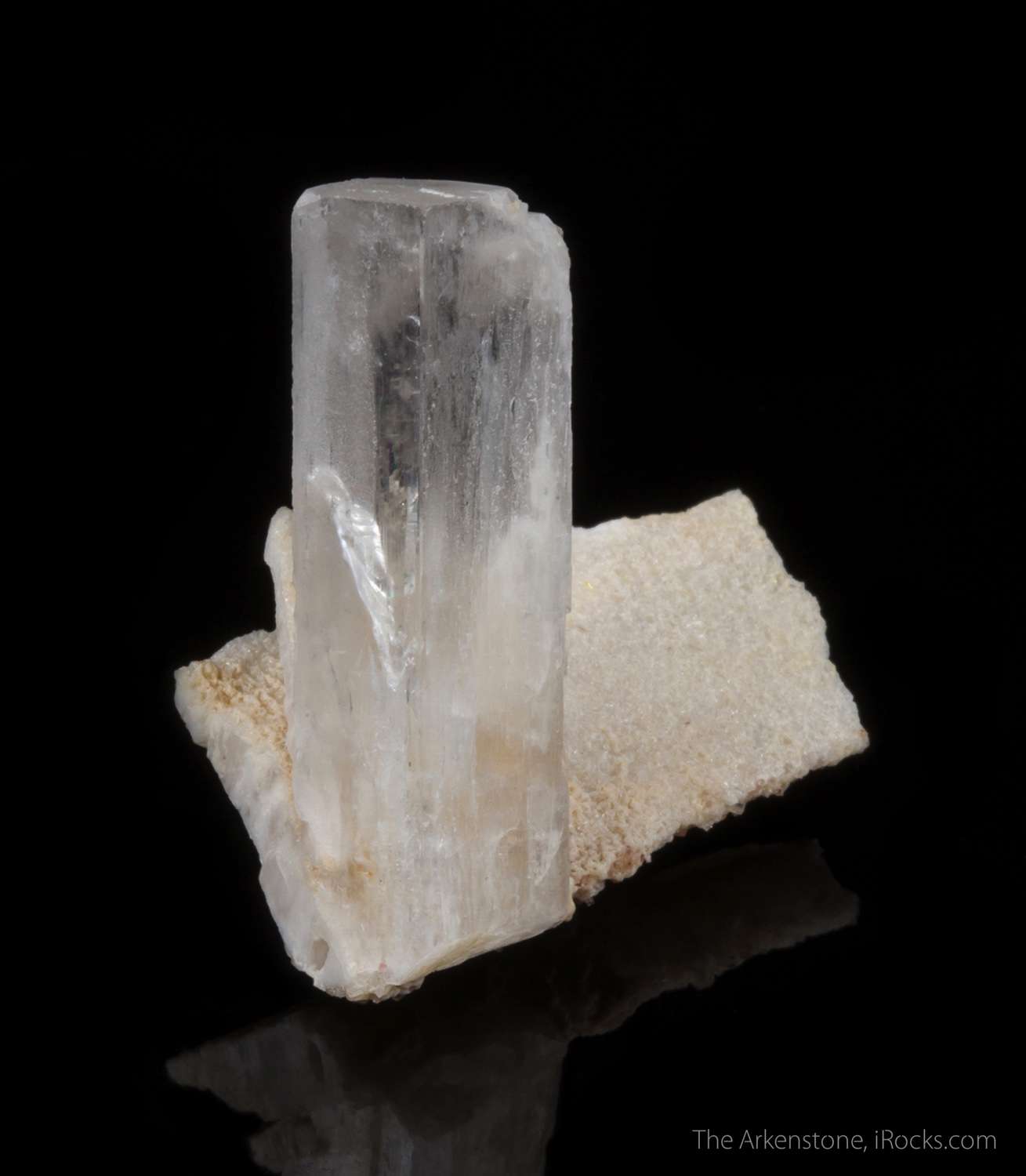Gemstone Optical Properties
Learn how gemstone optical properties, like refractive index and pleochroism, help gemologists identify gems and lapidaries choose cuts.
23 Minute Read
The Properties of Light
Electromagnetic Energy
Light is part of the electromagnetic spectrum, one of the fundamental energies of the universe. It’s present everywhere in substantial amounts.
Light energy travels in waves. The energies on the electromagnetic spectrum differ simply by their wavelengths. Some are shorter, some longer. Wavelength has nothing to do with the amount of energy carried. Wave amplitude determines that. All wavelengths can be high or low in energy.
Although, in nature, all electromagnetic energy is essentially the same, varying wavelengths have different characters. For example, we relate to some as radio waves, others as X-rays. We see a very tiny part of the electromagnetic spectrum as light. Within this section, we perceive different wavelengths as colors. When we see all the wavelengths at once, we describe it as white light. The color black is a lack of electromagnetic energy in this portion of the spectrum.
Just beyond the section of the visible electromagnetic spectrum, we find ultraviolet and infrared light. Some animals can see these light frequencies, but humans can’t. We can sense them, but not with our eyes. Ultraviolet can give us sunburn, and we feel infrared as heat.
Simply put, light is a form…
Donald Clark, CSM IMG
Donald Clark, CSM founded the International Gem Society in 1998. Donald started in the gem and jewelry industry in 1976. He received his formal gemology training from the Gemological Institute of America (GIA) and the American Society of Gemcutters (ASG). The letters “CSM” after his name stood for Certified Supreme Master Gemcutter, a designation of Wykoff’s ASG which has often been referred to as the doctorate of gem cutting. The American Society of Gemcutters only had 54 people reach this level. Along with dozens of articles for leading trade magazines, Donald authored the book “Modern Faceting, the Easy Way.”
International Gem Society
Related Articles
Turquoise Color and the Color Turquoise
What is Gemstone Pleochroism?
What is a Trapiche Emerald?
Understanding Color in Gemology
Latest Articles
Opal Buying Guide
Amethyst Sources Around the World: The Geological Story Behind These Purple Gemstones
Brazilianite Value, Price, and Jewelry Information
Ruby-Glass Composites vs Leaded Glass Clarity Enhancements
Never Stop Learning
When you join the IGS community, you get trusted diamond & gemstone information when you need it.
Get Gemology Insights
Get started with the International Gem Society’s free guide to gemstone identification. Join our weekly newsletter & get a free copy of the Gem ID Checklist!
